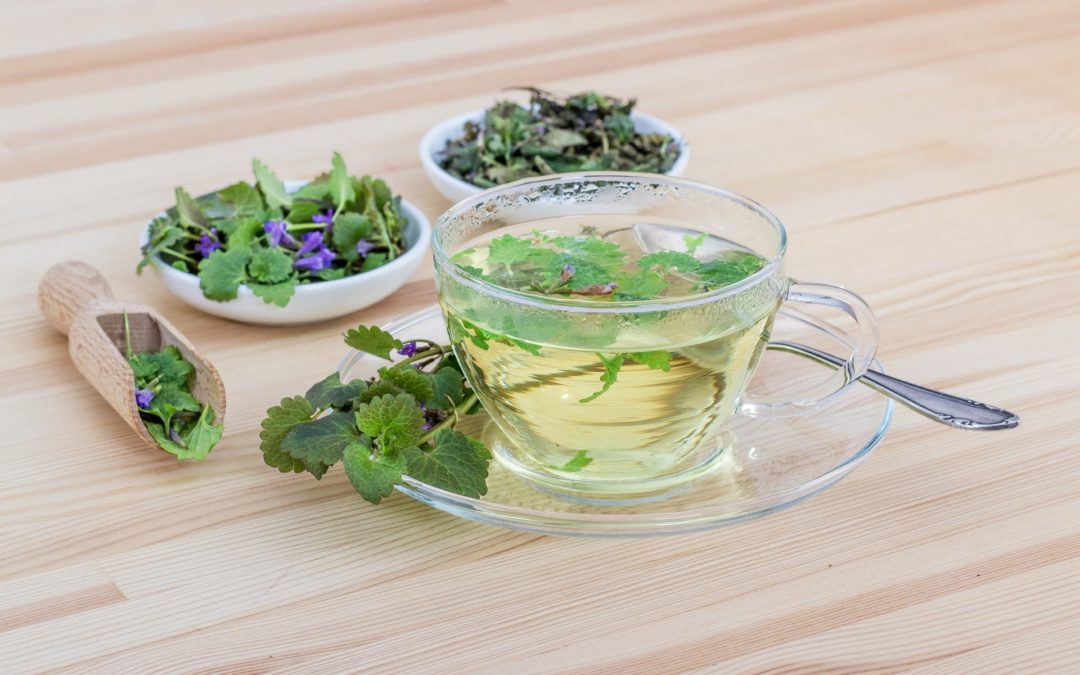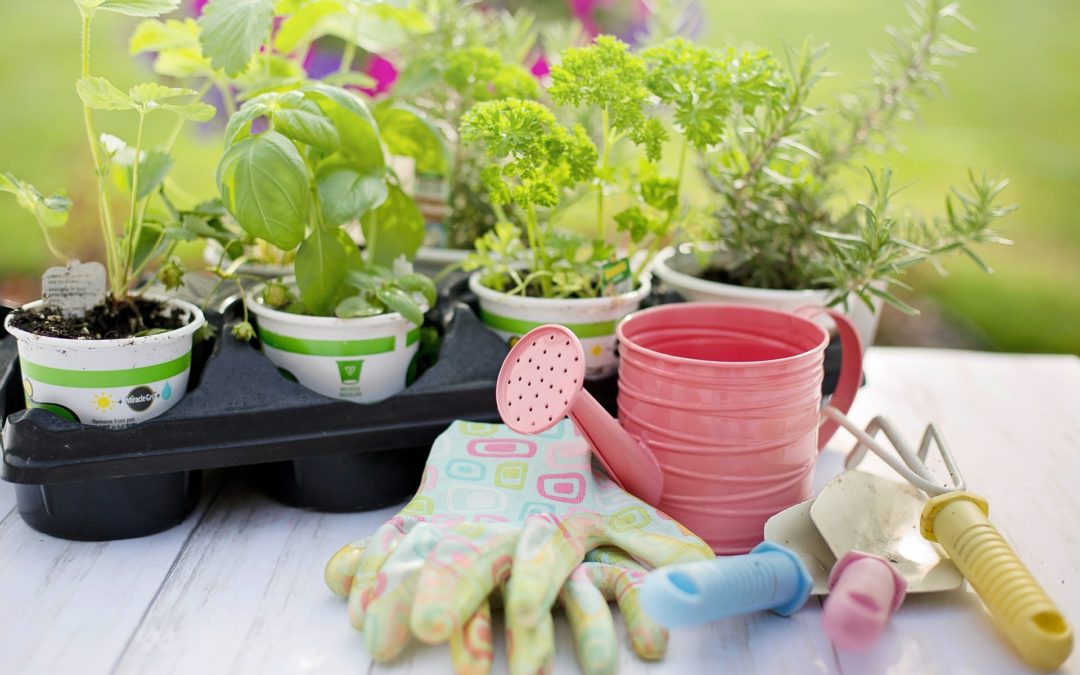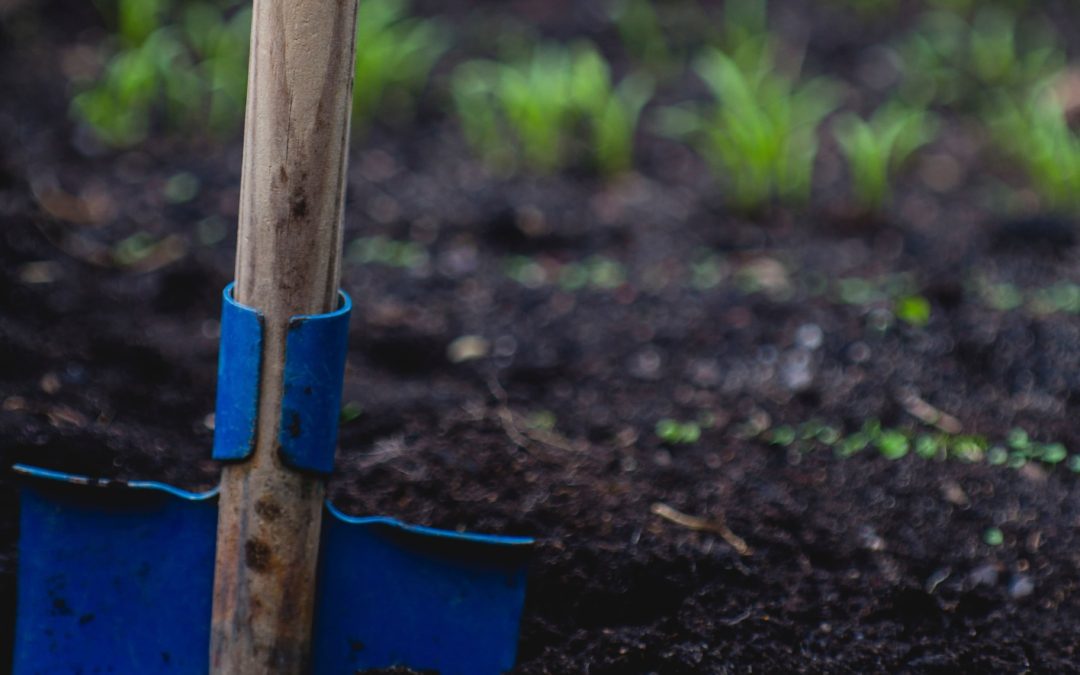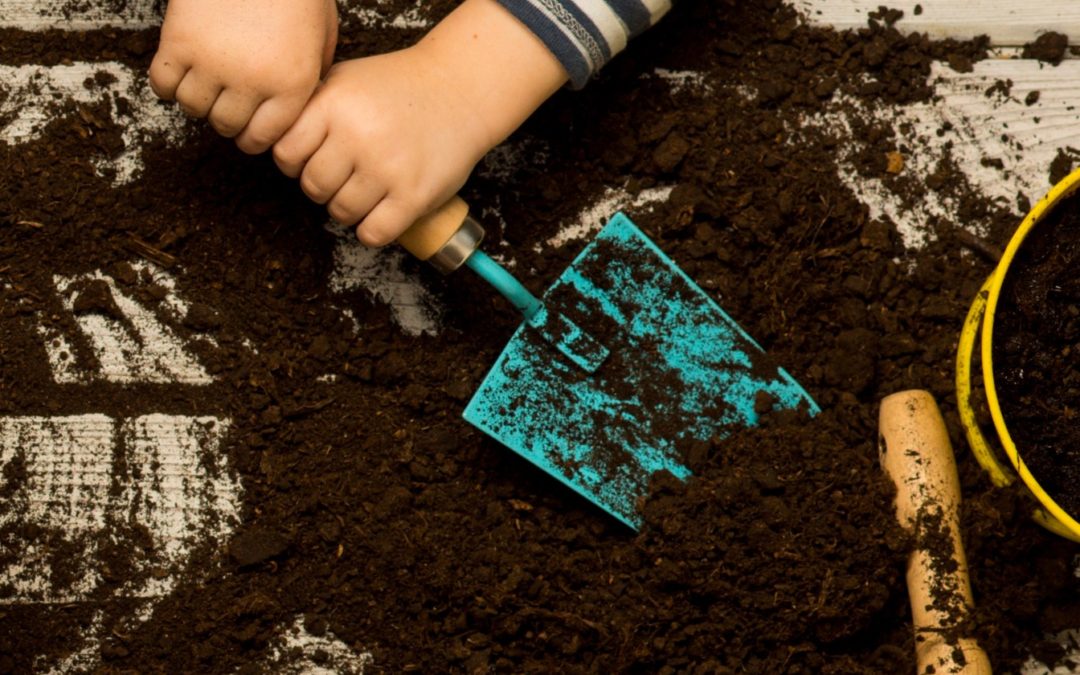
Grow your own Tea with these 7 Herbs
One of my major goals for our homestead is to grow my own tea garden. Herbs are such wonderful and easy plants to grow. They are versatile and useful. For uses such as teas, infused water, essential oils, cooking, first aid, the possibilities are endless!
Learning to grow and use herbs is something that I am currently focusing a lot of my attention.
Growing herbs for use in teas and infused water couldn’t be easier. Typically harvesting herbs can involve drying the plant and seeping the dried leaves or flowers in hot water. The part of the plant to be used is dependent on the type of herb and can include flowers, leaves, fruit, or seeds of the herb. Knowing what part of the herb will be harvested is one of the important aspects to learn.
When you start to grow your own tea, there are several herbs that are great options to start with since they are relatively easy to grow and have a variety of uses.
Grow your own tea with these 7 herbs.
Mint

Mint is one of my favorite plants to grow, period. For one, it is so hearty and easy to grow. It is pretty impossible to kill, which is great for new gardeners like me. It grows so easily that when you decide to grow it, you really want to keep it in a container instead of planting it directly into the ground. Planting it into the ground you run the risk of letting it take over your garden/lawn.
In a healthy plant, the mint is such a deep beautiful green color and it really does put out a really great sweet mint smell to your patio or porch. To harvest, just pinch off stems and leaves. Clip back branches as it grows just to maintain shape.
For more information on how to grow meet check out this article by The Spruce: Mint Plant Profile, A Hardy That Only Needs Your Control
It is one of my favorites because I love adding it to a pitcher of water to give some extra flavor. Mint is the best plant to start with especially when you start to grow your own tea.
There are so many different types of mint to try. Some examples are; apple mint, lemon mint, pineapple mint, and chocolate mint. The possibilities are endless!
You can find seeds for planting your own mint at Botanical Interests using the link below:
 Common Mint Seeds - $1.89 The aroma of mint will make you close your eyes as your thoughts drift to a summer day. Mint not only enhances iced tea and mixed drinks, it is also a wonderful surprise flavor in savory dishes, including meats, stews, and vegetable fritters. Tiny flowers are loved by bees. |

Lavender

Lavender is actually a member of the mint family. There are so many uses for lavender, infusing for tea is just the beginning! It is a must have for any gardener and is a staple to grow your own tea.
This is the first year that I am growing lavender and I am so excited! I can’t wait for it to start flowering. Lavender will stay around for several years if you prune and water it properly and give it full sun.
Lavender might seem like an odd choice for using in teas but if you take a walk down the tea aisle at the store, you will find many brands offer lavender tea. Lavender vanilla and lavender lemon are two popular flavors for tea blends.
For more information about growing lavender, Check out this article by Gardener’s Path: How to Grow Lavender in Every Climate.
A few tips for harvesting:
– If you are using it for cooking, choose an English lavender.
– The essential oils in lavender are at the strongest right before the buds of the flower open. Harvest them at this point for best results.
– You can use both the buds and the leaves in a variety of dishes from cakes, baked chicken, cocktails, and salads.
Lavender Seeds from Botanical Interests:
 English Tall/Vera Lavender Seeds - $1.99This is the tall, old-fashioned, wonderfully fragrant lavender that is an extremely valuable and easy to use household herb, an important ingredient in fragrance sachets and potpourris, an excellent cut and dried flower for arrangements, and a most useful component of innumerable craft projects. Add the flowers to a simple syrup to make craft cocktails/mocktails or lavender lemonade. Bake into bread, cookies, or scones and use to flavor jellies. Perfect for rock gardens, or as a short hedge, and attracts pollinators. |

Dreaming of Having a Vegetable Garden this year?
Grab the Your Dream Vegetable Garden Plan for FREE to get you started today! Start growing your groceries this year!
Chamomile

Chamomile is such a beautiful plant. It is so simple and dainty but has so many holistic properties, it is a must have for your functional tea garden.
There are two types of chamomile, Roman Chamomile, a spreading ground cover, and German Chamomile, a small daisy-like flower that is commonly harvested to use in making tea. Chamomile is a relatively easy to grow plant, it does well in either full sun or partial sun. It is not super picky about soil quality or pH so it is a plant that can be planted easily directly in the ground or in a pot.
Chamomile is also an awesome garden pest deterrent.
Harvest chamomile when petals are lying flat and are slightly bending down from the center. Harvest by clipping the flower heads from the stems. Lay out to dry or use a dehydrator to dry out the flowers. Keep dried flowers in an air tight jar. When making tea, seep dried flowers in boiling water.
For some additional information on making Chamomile Tea, check out this article by Cup & Leaf: Chamomile Tea Benefits for Skin, Hair, Sleep and More
Chamomile Seeds from Botanical Interests:
 German Chamomile Seeds - $1.89What could be more soothing than curling up at bedtime with a good book and a cup of chamomile tea made from flowers fresh from your garden? The flowers can also be dried for floral arrangements, pressed for crafts, or woven into charming wreaths, and their edible petals can be tossed into salads. In the garden, chamomile attracts beneficial insects and pollinators. |
Lemon Balm

Lemon balm is part of the mint family, in fact it looks very similar. To me, the only way to tell the difference is to smell it. The scent of lemon balm is refreshing and light. Adding lemon balm to tea has a similar effect as adding lemon juice.
Similar to mint, it is a very easy plant to grow and should be planted in a pot or in a boxed off area of a garden bed because it will grow and easily take over your garden. It is a must for growing your own tea.
Harvesting the leaves and crushing them or seeping them in water is the most common way to use them in drinks.
Lemon Balm seeds from Botanical Interests:
 Lemon Balm Seeds - $1.99Due to its beauty and fragrance, the medieval Frankish king, Charlemagne, had lemon balm planted in every monastery garden. Add to tea, use as a cooking herb to impart lemony flavor, or enjoy its aromatherapeutic qualities in a relaxing bath. Used by herbalists for insomnia and to soothe upset stomachs. A good container variety. |
Ginger

One of my favorite ingredients for tea is ginger. Ginger provides a spicy flavor for any dish or drink. A flavor staple for Asian cuisine, it also used in many herbal remedies and anti-inflammatory properties to help treat certain ailments. It is known for its health benefits for the treatment of nausea, indigestion, and high cholesterol levels, and infections.
When using ginger for culinary purposes, you will want to harvest the root of the plant. The root can then be ground up or grated to use in tea blends.
For more information on the many uses of ginger root check out this article by Wellness Mama: 10+ Ways to Use Ginger (& Get Its Amazing Benefits)
I am planning to add some ginger to my tea garden, there are so many possibilities! Plus, I really hate having to think about having fresh ginger on hand, I never have it when I need it and I always forget to add it to my grocery list when I need it for a dish.

Dreaming of Having a Vegetable Garden this year?
Grab the Your Dream Vegetable Garden Plan for FREE to get you started today! Start growing your groceries this year!
Calendula

Calendula is a plant that has really risen in popularity lately. I actually had never heard of it until a few months ago. Since then, the topic of growing and using calendula has been pretty prevalent.
After doing some of my own research, I found that there were SO many benefits and uses for calendula that I decided I had to purchase a plant to have in my garden. I looked in several local garden stores and after no luck, I hopped onto Botanical Interests and placed an order.
Some of the uses of calendula are pest control, attracts good insects, and health benefits.
For some more information on the benefits and uses of calendula, check out this article by The Free Range Life: Calendula: 30 Amazing Benefits and Uses
When making tea, the flower of calendula would be harvested similar to chamomile. Calendula tea is made by drying the flowers and seeping them in boiling water.
Calendula seeds from Botanical Interests:
 Pacific Beauty Blend Calendula (Pot Marigold) Seeds - $1.89The calendula, an old, English-cottage-garden flower is a long-blooming addition to any modern garden. Its gold and orange flowers bloom from spring to fall on fairly drought- and heat-tolerant plants. Grow it for attracting pollinators and its sunny beauty in the garden, then save some blooms for fresh or dried floral arrangements; dried petals can be used in baking or teas. Calendula gets its common name, pot marigold, because the flower resembles a marigold, and has often been used in pots of soup or stew for both color and flavor. |
Rose Hips

Rose Hips are basically the fruits of a rose plant. They usually can be found at the end of the season, after the roses are done blooming. At this point, the plant will produce a fruit which is often overlooked.
Harvesting these fruits allows for a variety of uses. Jams, jellies, wines, and teas are just the beginning of the possibilities of using rose hips in the kitchen.
While rose bushes are a little more difficult to plant and maintainace than your ordinary herb, they make a wonderful addition when you are looking to grow your own tea.
Tea Garden FAQS
How do you dry herbs for tea?
Drying herbs and flowers are one of the easiest food preservation means. I use this method frequently as it doesn’t require a ton of special equipment to do.
You can purchase a dehydrator for pretty cheap and that will help you cut down your drying time immensely, but you can really just hang your plants for a few weeks and allow them to dry.
Depending on the flower or herb, you may remove the leaves or petals in a different manner but the overall process is the same.
Where to buy tea plants or seeds?
There are many option for seeds when you are trying to grow your own tea. My favorite place to buy seeds of any kind is Botanical Interests.
They have a huge collection of plants, everything from vegetables to flowers to herbs. Thier wide variety has a wonderful collection of organic seeds. They are also a really great resource for other garden products and resources and growing guides.

Dreaming of Having a Vegetable Garden this year?
Grab the Your Dream Vegetable Garden Plan for FREE to get you started today! Start growing your groceries this year!
Love tea? Check out our article all about hot toddies: 7 Cozy Hot Toddy Recipes to Enjoy This Winter
You can also get inspiration from my favorite little tea merchant: Farmhouse Teas. My absolutely favorite is the Peppermint Patty Mint.

Welcome to Wingin’ it on the Homestead! My name is Stephanie Leaf. I am a wife to a can-fix-anything husband, mother of two boys under 3, future expert gardener, lover of anything old and dusty, and inspiring homesteader. My family and I are new to this journey and loving every minute of it. Please join me in embracing a simpler life!




